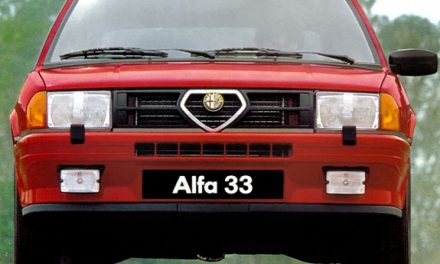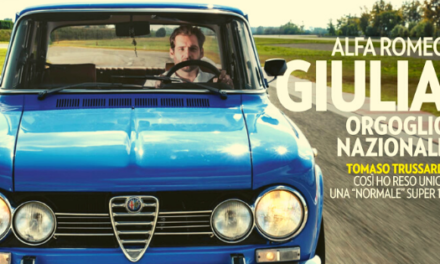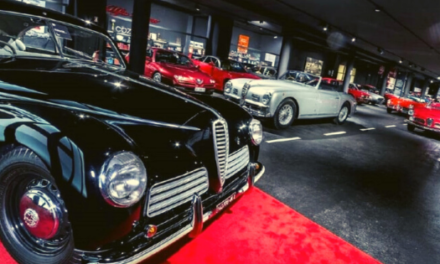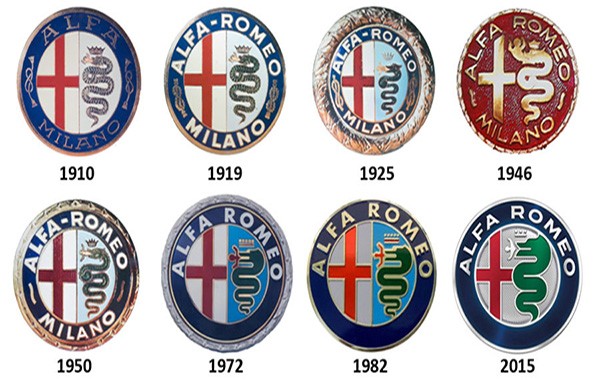
Alfa, with Ferrari, is the most famous Italian car manufacturer in the world. Yet in its more than centenary history, it has not always lived through exciting moments, especially for the financial vicissitudes.
Some people wonder why it is still in the hearts of millions of people around the world? And why is the memory of its designers, its unbeatable cars and the legendary drivers who led them to victory still alive?
The name Alfa Romeo has entered our hearts not only for sports companies but for the coat of arms of many illustrious customers who chose Alfa to underline their status. The world is full of well-known and lesser-known alfisti, many stars of the time enjoyed posing and having their pictures taken behind the wheel of Alfa, in an image operation that suited both of them because the brand was synonymous with success and social prestige.
The fact is that Alfa has a strong image because its cars until the mid-1980s did not change their identity because its designers have passed the hand with a consistency that in the automotive world is something extraordinary.
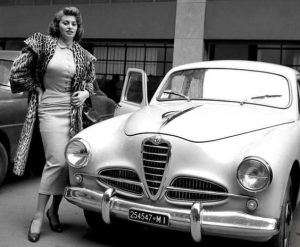
If one wanted to define the nature and sense of this continuity in the basic lines, the most appropriate expression would be that of an interrupted fidelity to an avant-garde mechanics characterized by a refined construction technique and the search for original solutions.
Its cars, symbols of Italian ingenuity and the ability to create products that are world leaders in terms of elegance and motoring excellence, have made entire generations dream. elegance and engine excellence, have made entire generations dream. One could list the vast range of models produced by Alfa Romeo up until its passage into the Fiat orbit and review the merits of each one in terms of power, speed or line.
In addition, there is a sporting roll of honour which, still one of the richest and most prestigious in the world, is undisputed proof of the brilliant results achieved by Alfa in any type of international competition.
But the reality of Alfa is not only limited to the car: it has also been aeronautics, industrial and commercial vehicles, motorboats and even components, developing skills and knowledge in different technologies that, interacting with each other, have not only offered better and better products, but have set a school.
Its coat of arms, the old Visconti family biscione, has always been a sign of recognition that makes you exclaim: it's an Alfa Romeo!
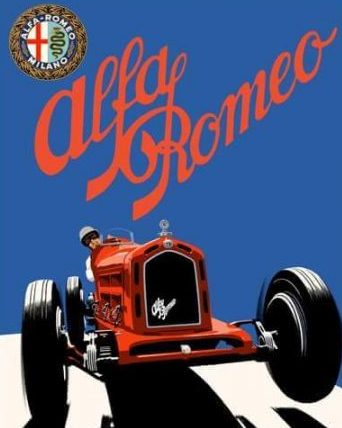
And there's the four-leaf clover that has always accompanied Alfa's sporting life.
It appeared for the first time on the car that participated in the 1923 Targa Florio won with Ugo Sivocci. It is said that it was Sivocci, who loved lucky charms, who had him painted by a mechanic on the bonnet of the car before the start and he was right because the Alfa won the first and second place and also won the fastest lap. Since then, the four-leaf clover was adopted by Alfa Romeo as a symbol of good luck.
Just think that in the late 1960s, motorists applied it to their cars even though they were not Alfa cars. "Il Quadrifoglio" (the Alfa magazine born in 1966), carried out a survey which showed that the application of the sticker on cars was not an exhibitionistic craze but was considered a touch of nobility.


